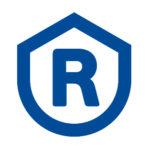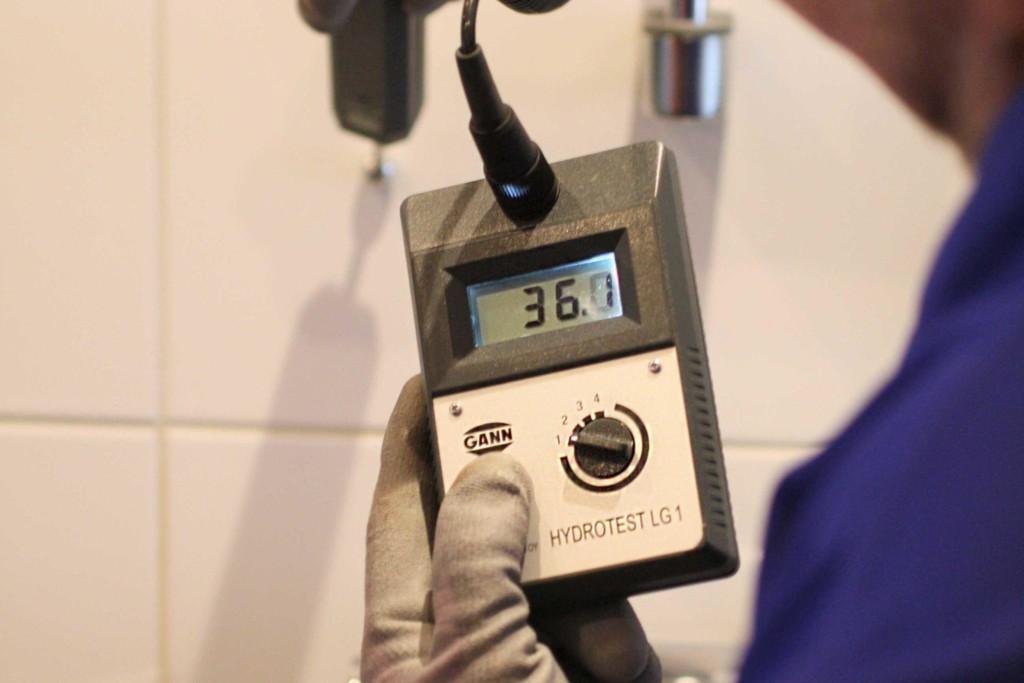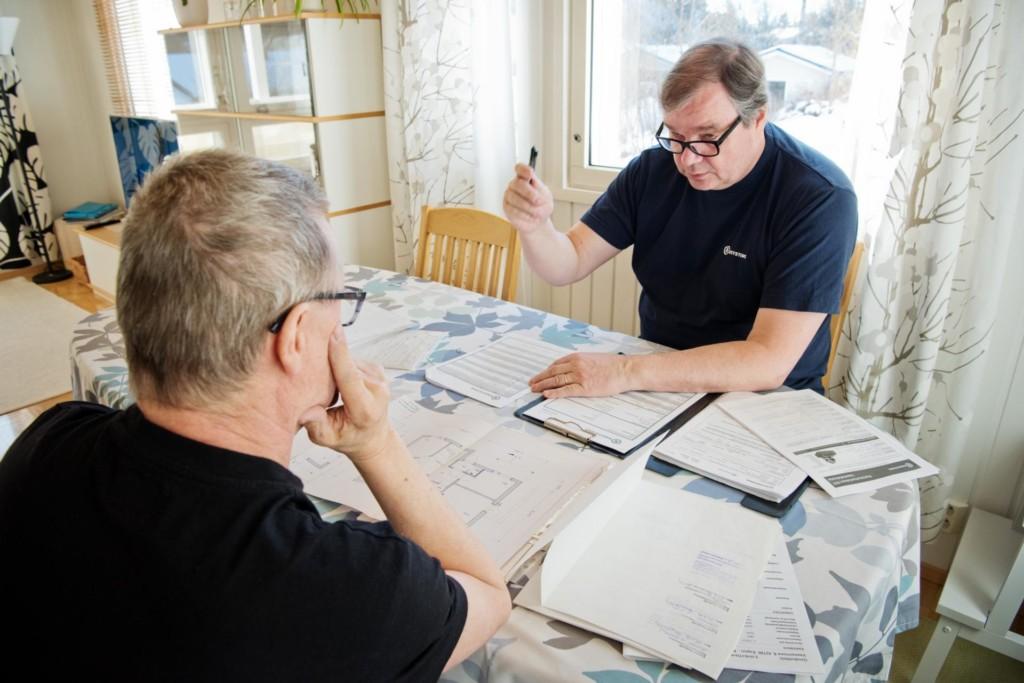What are the most common defects in sanitary premises?
Sanitary premises, which are also called wet rooms, are used often, particularly by families with children. As the sanitary premises are subject to a high level of stress, humidity problems can easily occur. If humidity is able to penetrate the structures, it may result in a renovation that involves not only the wet room structures but the structures of the entire building.
Many factors cause humidity damage in sanitary premises, the most common of them being the structures reaching their estimated service life, errors in the original building methods and poor maintenance of the sanitary premises.
Bathrooms that have reached the end of their estimated technical service life should be renovated
When performing inspections in connection with housing transactions, Raksystems has observed that 32% of bathrooms in detached houses require renovation, i.e. have reached the end of their estimated technical service life. The inspections have covered 15,700 detached houses all around Finland.
According to the current building regulations, the estimated technical service life of a modern wet room is approximately 30 years. Waterproofing compliant with the regulations in Part C2 of the National Building Code of Finland has been mandatory in bathrooms since 1999. Prior to that, waterproofing most often meant spreading a waterproofing agent on the surface of the structures. The estimated technical service life of such waterproofing was only 10–15 years. In practice, this means that all sanitary premises built prior to 1999 have already reached the end of their estimated technical service life.
The selected materials also influence the estimated technical service life of a wet room. The table below provides more specific technical service lives of structures in sanitary premises (KH 90-00403).
| Structure and system | Age (in years) |
| Plastic membrane flooring | 15–25 |
| Tiles and moisture barrier, floor | 15–20 |
| Tiles and moisture barrier paste, floor | 20–40 |
| Tiles and moisture barrier, wall made from building boards | 10–20 |
| Tiles and moisture barrier, stone wall | 12-24 |
| Tiles and moisture barrier paste, wall | 20-40 |
| Plastic wallpaper | 8-15 |
| Panelling in a washroom | 8-20 |
| Panelling in a sauna | 10–30 |
Regularly maintain your bathroom
Residents of detached houses need to regularly maintain their sanitary premises to ensure that they remain in good condition. Joints between structures and systems, surface materials and seams must be regularly monitored, in particular. Silicone seams get worn out during use, which means that they must be replaced every 3–5 years. In addition, floor drains must be regularly cleaned.
Typical high-risk places in sanitary premises include waterproofing of joints and penetrations, as well as ventilation systems. Sanitary premises are waterproofed from floor to ceiling at the construction stage, and the waterproofing must not be tampered with after that. If the waterproofing gets damaged, patching it is not recommended: instead, it should be replaced completely.
A functional ventilation system is a combination of sufficient airing and regular cleaning of the ventilation system. Residents of detached houses should regularly clean their ventilation system filters and vents, but adjustment of the ventilation system and cleaning of the ventilation ducts should be left to a professional.
Poorly executed renovations often cause problems in sanitary premises
Whether building whole new sanitary premises or renovating old ones, quality of the waterproofing must always be ensured. The entire wet room should be waterproofed from floor to ceiling in a manner that complies with the current regulations. Typical waterproofing errors include not using a sufficiently thick waterproofing film, the person installing the waterproofing not being familiar with the installation instructions, a floor drain being improperly built and a threshold separating the wet room from a dry room being defectively realised.
“Deficiencies have been detected in the waterproofing of sanitary premises at 50% of our inspection sites,” says Kim Malmivaara, head of the Raksystems Condition Survey unit.
Inspecting just the waterproofing does not fully guarantee that the room is safe and healthy, however. In many cases, the ventilation system or sewer pipes should be renovated, or contaminants that need to be surveyed may be detected at the demolition stage. These are issues that should be taken into account when renovating or demolishing an old wet room.
The recommendation is hiring a party certified by Eurofins to waterproof sanitary premises. The waterproofing should also be inspected by an external expert. When Raksystems performs a waterproofing inspection, we measure the thickness of the waterproofing film and check the quality of the work in a visual inspection, focusing especially on penetrations and corners.



